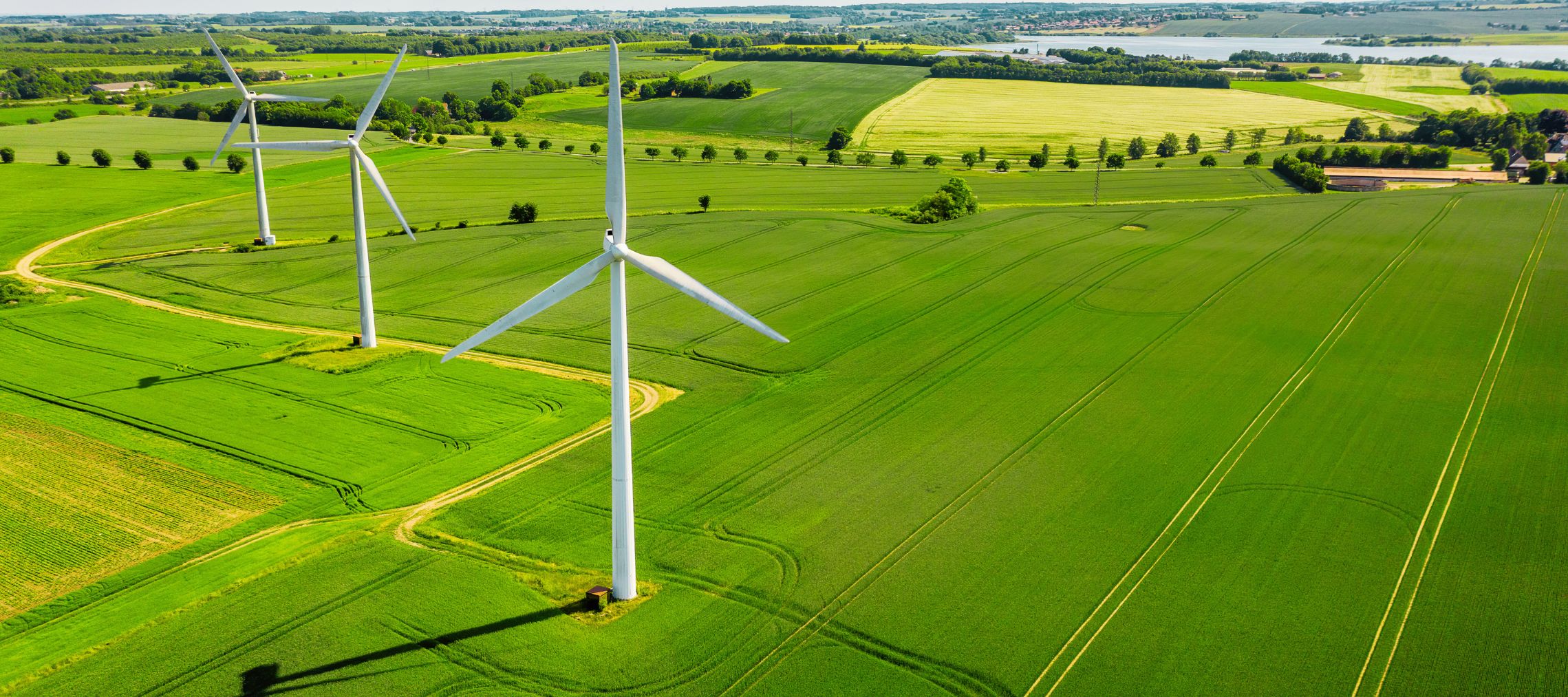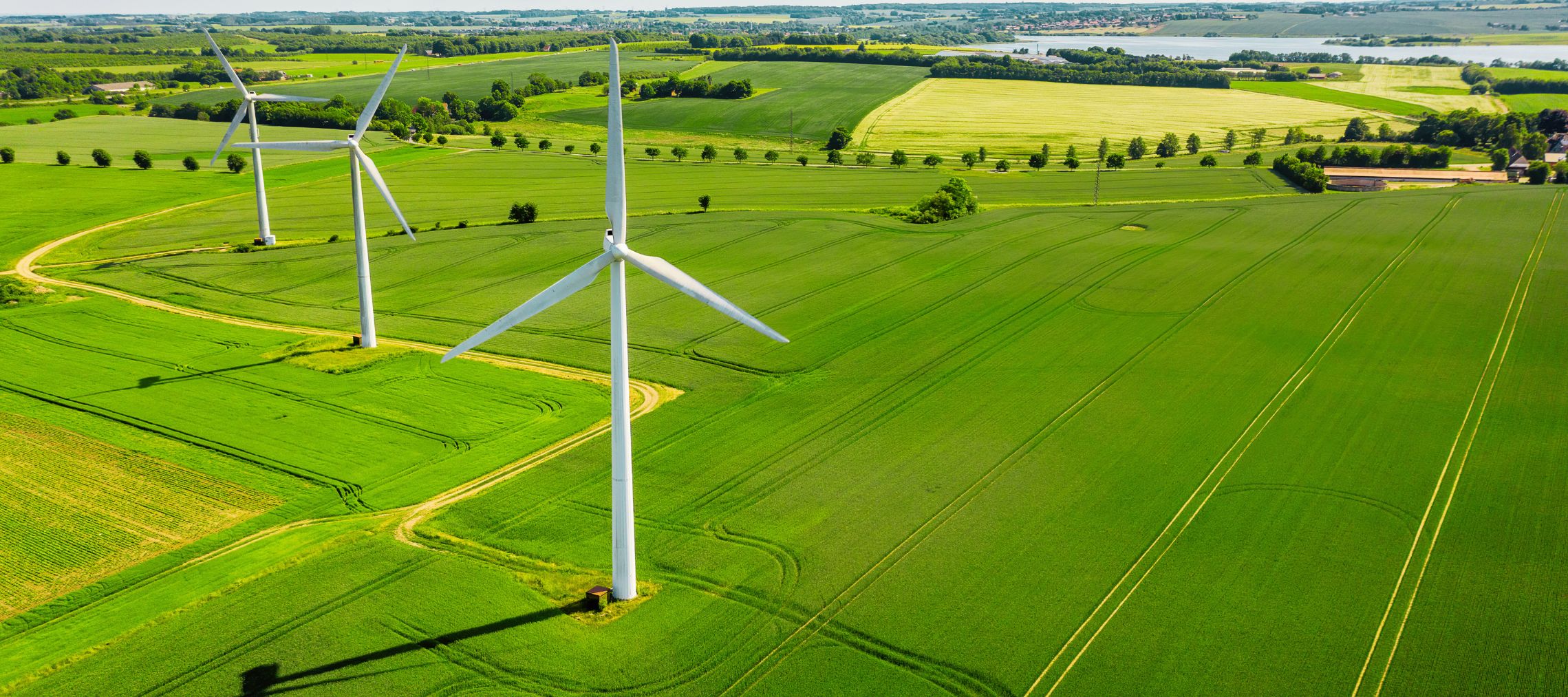The energy sector in India is impacted by certain key market trends, including unprecedented growth of renewable energy sources and advent of new technologies like electric vehicles and rooftop photovoltaic. These trends create uncertainty in the sector and require regulatory and policy changes to accommodate the increasing penetration of renewables into the grid. In this regard, CSTEP has identified two main challenges: smooth transition of state utilities to renewable energy and development of robust operational processes for long-term sustainability of distribution companies. Our work aims to explore the potential of states to meet renewable energy targets and strategise with government bodies for policy implementation at both state and national levels.




Powering India’s economic and energy growth: A sustainable approach
India, the fifth largest economy in the world, is ambitiously striving to achieve a USD 5-trillion economy in the near future, positioning itself among the top three global economies. This has been possible due to the remarkable growth in India’s GDP over the past 18 years. As per NITI Aayog, India’s GDP increased from INR 42.6 lakh crore in the financial year (FY) 2006–07 to INR 295.4 lakh crore in FY 2023–24.
Key Amendments: Highlights of the draft DSM regulations, 2024
The Central Electricity Regulatory Commission (CERC) issued the Draft Central Electricity Regulatory Commission (Deviation Settlement Mechanism [DSM] and Related Matters) Regulations in April 2024. The commission found that the existing DSM pricing structure was leading to over-incentivisation of deviations from scheduled transactions, resulting in suboptimal grid operations and impacting grid stability. Generators were using DSM as a market medium rather than a tool to avoid frequency deviations and ensure grid stability.
The power distribution sector: The final challenge to India’s green transformation
While clean power generation is crucial, India’s energy transition requires concerted efforts from all actors in the power sector value chain. This book chapter explored the critical role of India’s distribution companies (DISCOMs) where operational, financial, and political challenges accumulate. After presenting the institutional genesis of Indian DISCOMs, we discussed these issues and shed light on the strengths and opportunities of DISCOMs in enabling a successful transition to a clean energy future.
A customised strategy can take Kerala’s power sector towards its net-zero goals
The progress towards India’s ambitious net-zero goals requires that all states contribute to it. Some states have been quite proactive, announcing their own (state) net-zero targets. Kerala is one of the first states to do this, besides Gujarat, Maharashtra, Tamil Nadu, and a few more. While India has pledged to achieve net zero by 2070, Kerala aspires to do so by 2050, along with an aim to meet 100% of its energy needs through renewable energy (RE) sources by 2040.
Green Energy Open Access: Empowering Consumers With Clean Electricity
India’s commitment to reach net zero by 2070 and meet 50% of its cumulative installed capacity from non-fossil fuel energy resources is a significant milestone in its fight against climate change. India has also updated its Nationally Determined Contributions (NDCs) to reduce emissions intensity of its gross domestic product (GDP) by 45 percent by 2030 (from 2005 levels). One of the initiatives to achieve these targets is to increase the share of renewable energy (RE) in the energy supply mix.
Andhra Pradesh Power Sector: A Roadmap Till 2040
Andhra Pradesh's (AP’s) gross state domestic product stood at INR 1,201,736 crore (USD 157.36 billion) in FY 22. The power sector played a crucial role in supporting the state's economic growth. The state initiated power sector reforms as early as 1998 and was also the first state to sign the ‘Power for All’ agreement—the basis for power sector planning in AP—with the Government of India in September 2014.
Kerala Energy Transition Roadmap 2040
The state of Kerala is committed to sustainability, with aims to attain net-zero emissions by 2050 and meet 100% of its energy requirements though renewable energy (RE) sources by 2040. However, currently the state’s internal power generation meets only 30-35% of its energy requirements, while the rest is supplied by imports, predominantly sourced from coal-based resources. This scenario emphasises the need for understanding the state's energy dynamics and developing an actionable plan to reduce the dependence on thermal imports and enable a smooth RE transition.
Address the surging energy demand
On August 25, 2023, Karnataka clocked the highest-ever peak demand for energy at 16,950 MW. This unusual surge (the state normally experiences peak demand in the summer months) was driven by factors such as escalated energy consumption due to the provision of free power up to 200 units/month to domestic consumers, poor rainfall leading to increased energy consumption by farmers, and heightened commercial and industrial activities within the state.
CEA guidelines to unify demand forecasting across states
The Central Electricity Authority (CEA) has recently released guidelines on medium- and long-term demand forecasting, aiming to address the non-uniformity in forecasting approaches used by various states and utilities. While these guidelines offer clarity on major aspects, some issues need to be resolved for effective implementation.